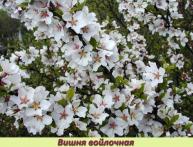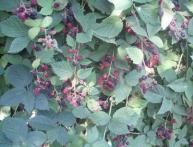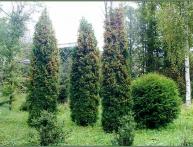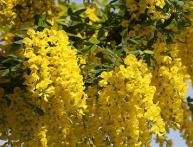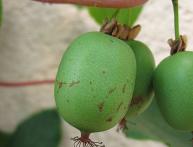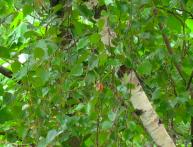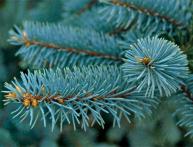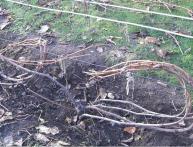Aronia chokeberry: a familiar stranger
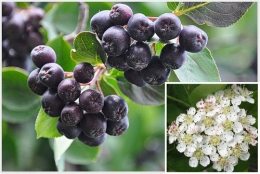
It’s not for nothing that I named my article that way. Because probably not everyone knows that chokeberry is the familiar chokeberry.
The homeland of chokeberry is North America. In Russia, this shrub has been known for a long time, but it was used only for decorative purposes. And only in the 19th century, our great scientist-breeder I.V. Michurin drew attention to the fruits of chokeberry. Nowadays, this rowan with juicy bunches of berries grows in almost every garden plot.
This shrub is completely unpretentious to grow, can be successfully selected and is almost not susceptible to diseases. From the second half of September, chokeberry leaves change color from green to red and purple, which creates a very decorative effect. The bush blooms in June - July, and the juicy fruits ripen in late summer - early autumn. The berries have a tart, sweet and sour taste, and are juicy.
Aronia fruits contain a lot of useful substances, minerals and vitamins. They are especially rich in iron, manganese and iodine, ascorbic acid. Fruits contain large quantities of vitamin P, which reduces the permeability of blood vessels and capillaries. Therefore, drugs based on chokeberry are indicated for cardiovascular and infectious diseases.
Chokeberry berries are used raw for food, jams, jellies, jams are made, and if the fruits are dried, a healthy fruit tea is prepared from them. Even when processed, the medicinal properties of the fruit are preserved.Due to the high content of coloring pigment in chokeberry juice, it is used to make natural dyes in the confectionery industry.
Let chokeberry, combining decorative and medicinal properties, grow in your plots!

